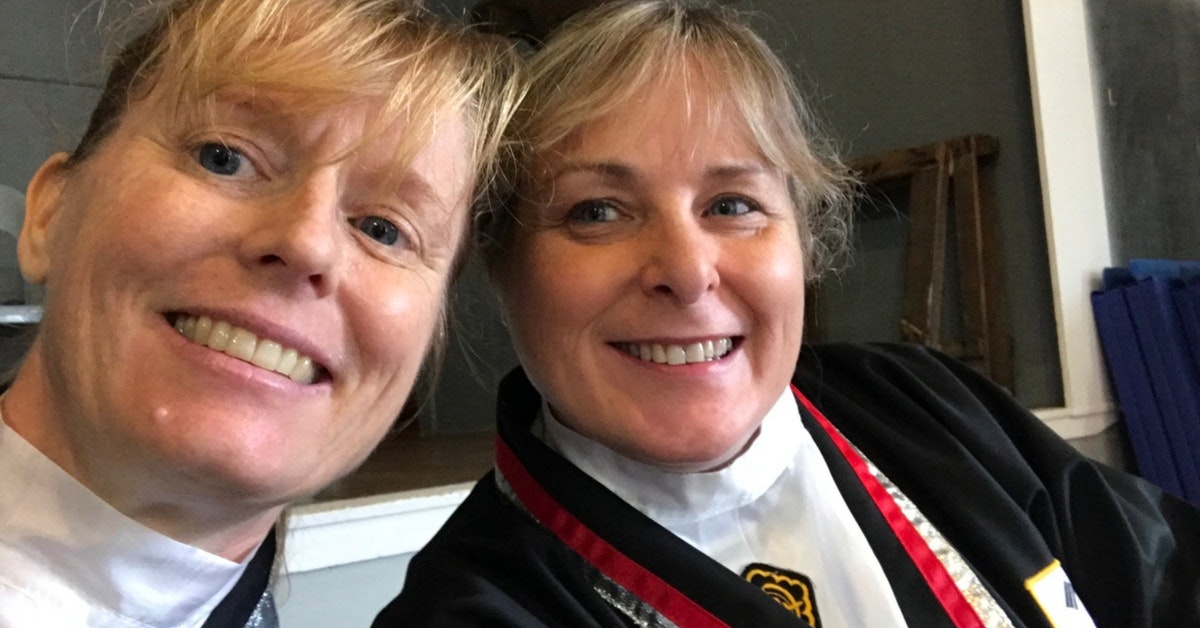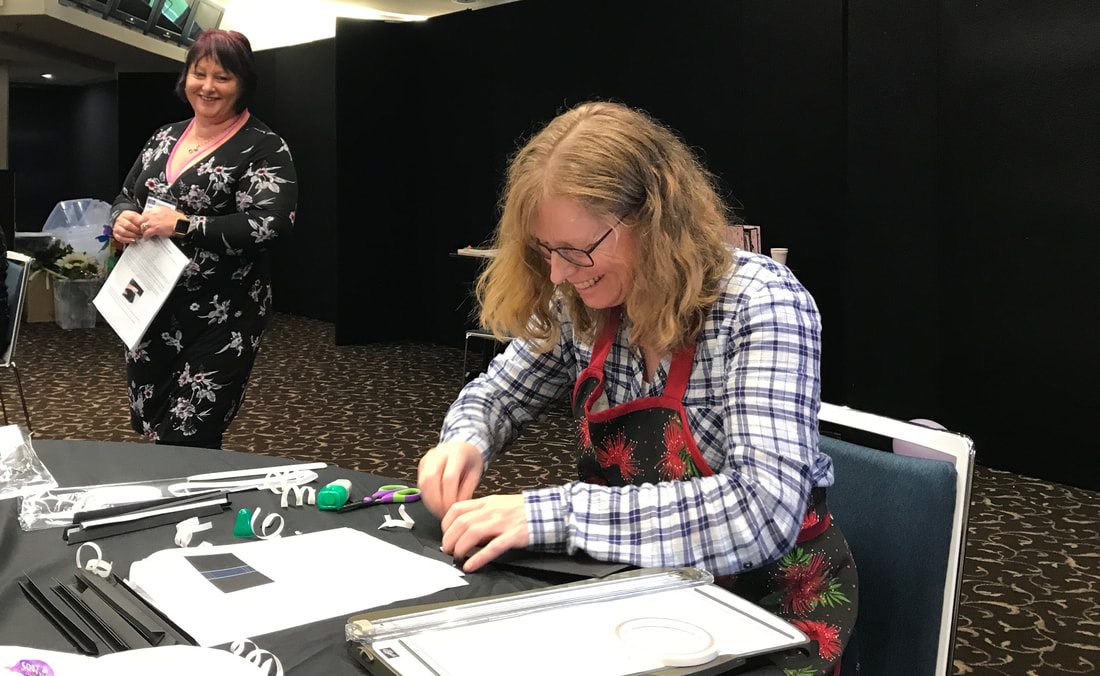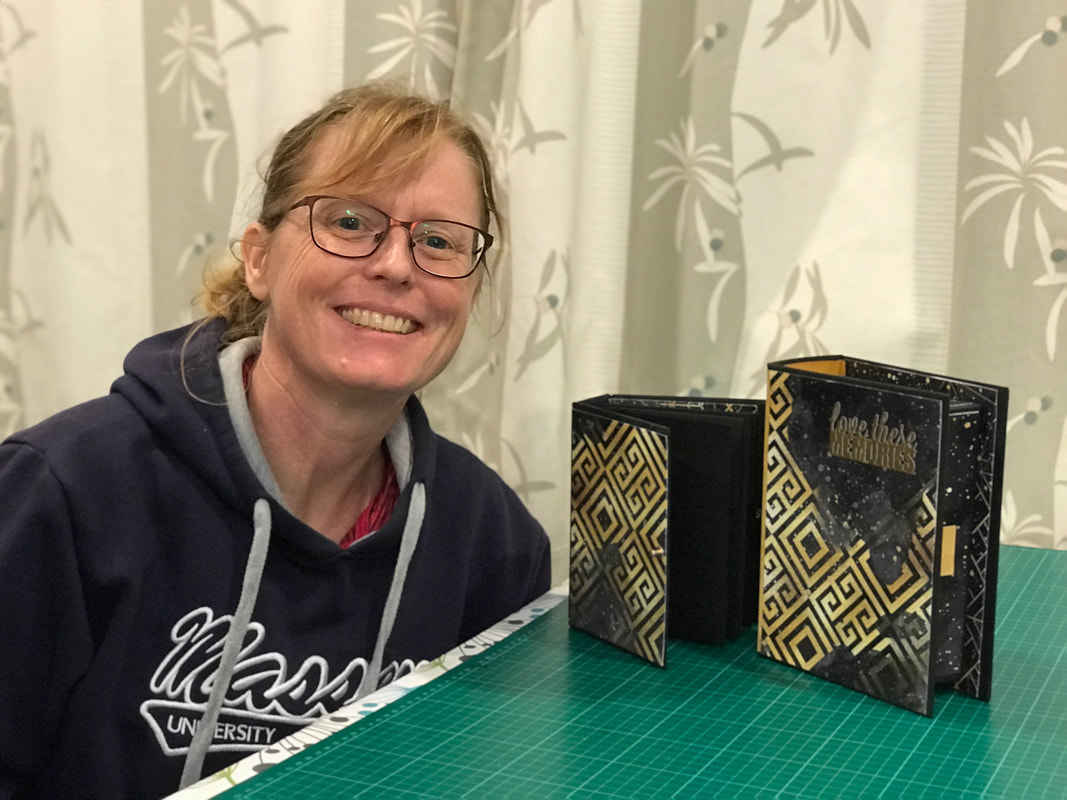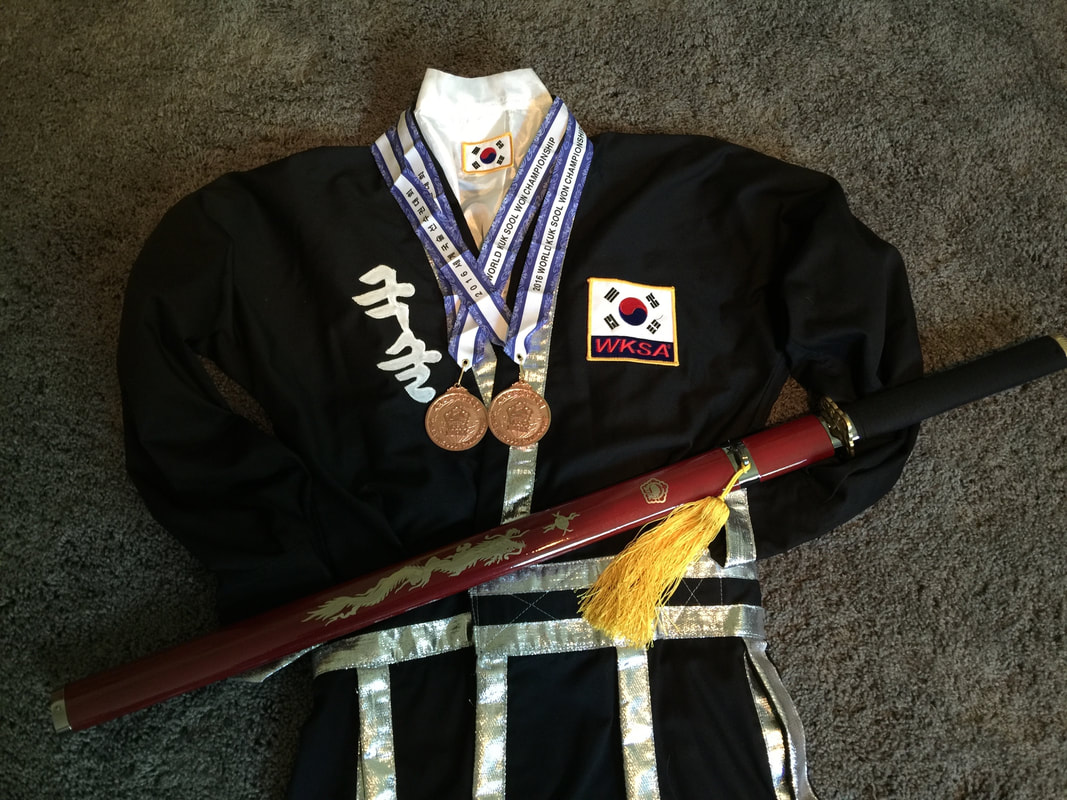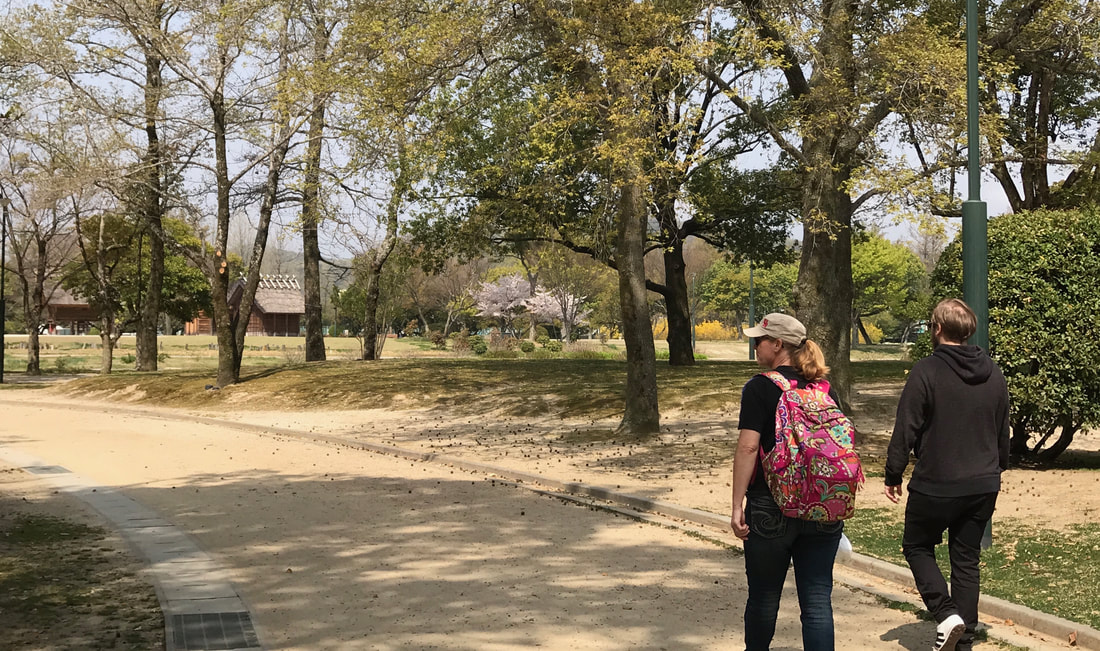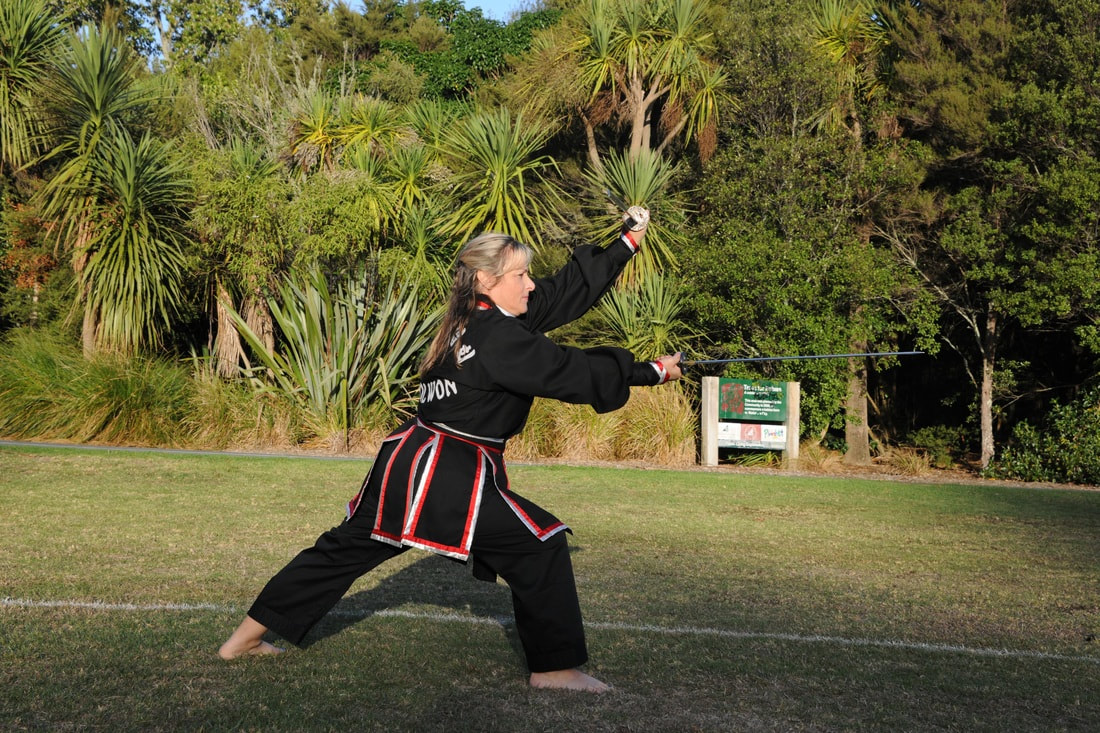|
I recently turned 50, a significant milestone in anyone’s life. For many people, this is a time of reflection. We think about our past and what we have learned from it, as well as reflect on what the future may offer. As a black belt, instructor and school owner in the traditional Korean martial art of Kuk Sool Won™, I have been reflecting on the central role martial arts occupies in my life. What does it mean to me as I age and how do I see my future as a martial artist?
My passion and commitment to Kuk Sool Won™ continues to grow as I enter my 50s. There are many reasons for this. Understanding what they are keep me motivated, particularly when I am having a bad day or when I want or need to lift my energy levels. Here are the top five reasons why I am passionate about Kuk Sool Won™ at age 50 and why training gets better with age.
We all have our reasons for training in martial arts. I encourage you to take the time to reflect on what they are for you. This will help to motivate you during the tough training days, as well as provide you with greater clarity of the many benefits your training brings to your life. For older martial artists, you may well find that like me, your training is getting better and more enjoyable as you age. JKN Jane Hurst First degree black belt and school owner Kuk Sool Won™ of Onewhero Copyright © 2018. Kuk Sool Won™ of Onewhero. All Rights Reserved.
0 Comments
We have returned to training after our two week winter break. These training breaks give us an important opportunity to rest our bodies and minds, catch up on jobs at home, and spend time with our families and friends. For me, this break has also reminded me about the importance of balance in my life and trying new things.
As a school owner and avid Kuk Sool Won™ martial artist, I am very focused on my teaching and training. It is easy for it to become all consuming. When I am teaching and training I think of nothing else. It is a very mindful experience. At other times, I am working with SBN Caroline on the planning, administration and marketing for our schools. I also spend much of my spare time thinking about my training. I go through my techniques and forms in my head. It is a form of meditation for me and keeps me focused and my memory sharp. During these school holidays, I have devoted quite a bit of time to Kuk Sool admin. However, I also spent a few days at a craft expo. For three days, I participated in several different paper craft workshops. I made four different types of mini-journals using craft papers, cardstock and embellishments. I got my hands dirty with mixed media projects using acrylics and inks. I also made paper, velum and foam flowers. As a novice crafter, I found these workshops intense. I had to learn how to use different types of materials, follow instructions that I often didn’t understand, develop new skills, and cope with making mistakes. While it was often challenging, it was also incredibly rewarding. I not only learnt a lot, I also got to make some really neat journals which I can fill with photos and memories. So why is this crafting experience relevant to my martial arts training? There are three main reasons.
JKN Jane Hurst First degree black belt and school owner Kuk Sool Won™ of Pukekohe and Onewhero Copyright © 2018. Kuk Sool Won™ of Onewhero. All Rights Reserved.
In my recent blogs I have been exploring the concept of mindfulness as it relates to the practice of martial arts and personal safety. Mindfulness, in essence, involves fully paying attention to the present moment, without judging or reacting to it. Living mindfully is good for our health and wellbeing. It enables us to gain control over our attention, attitude, and actions. This means we can break the cycle of worry and negative self-talk, focus on and live fully in the present moment, and act in ways that are well thought through and beneficial to us. This makes us feel happier and our life richer and more meaningful.
Mindfulness is not easy to achieve and does not come naturally to most of us. Our minds get flooded with thoughts and judgments, we get distracted, and we often try juggling too many things at once. We rarely completely focus our full awareness on each present moment, without any form of judgment. Mindfulness therefore, is something we need to practice. Mindfulness can be practised at anytime, anywhere, and while undertaking any activity. This includes mindful movement, such as martial arts. Here are five exercises you can use to bring mindfulness into your regular martial arts practice. 1. Mindfully warming up: Observe your body when you are doing your warm up. Really focus your attention and awareness on each part of your body. This includes noticing for example, the sensations in your muscles as you are stretching them. For example, are they tense, relaxed, sore, or tight? Notice your thoughts and gently let go of any judgments, such as, “I am not flexible enough” or “I’m in pain and will really struggle tonight”. If you find your mind drifting off, gently bring it back to observing your body. 2. Observe your breathing: Focus your awareness on the air flowing in and then flowing out. This involves observing the movement of your lungs, chest and belly, the sensations in your nostrils, and the pauses in between the in and out breaths. Observe your breath not only when stationary, but also when you are moving, such as during your kicks, techniques and martial arts forms. Experiment with lengthening your in and out breath. When doing a kihap (kiai or martial arts yell), observe the sensation of the air being forced out of your lungs. 3. Move mindfully: When undertaking a specific martial arts movement, such as a kick, follow the sensations in your body as you move. For example, when doing a roundhouse kick, focus on the sensations in your body when you are in your martial arts stance. Observe each change in movement as you prepare for and execute the kick. Focus on the sensations in your muscles and joints when for example, lift your leg to chamber, you pivot on the ball of your base foot, you extend your leg to kick, and when you return back to your stance. Slow each movement down and really focus on the sensations in your body. 4. Observe your thoughts: When doing a series of martial arts movements, such as hyung or forms in Kuk Sool Won™ (patterns in Taekwondo or kata in karate), we often have a mixture of thoughts in our head. Some of these can be quite negative, such as “I can never remember”, or “I’m never going to be good enough”, or “I can’t get low enough in my stances”. Sometimes we are on autopilot, with no conscious thoughts in our minds or with our thoughts distracted by something else. Even positive thoughts can detract from being fully present in our bodies. To achieve a better balance between our thoughts and movements, we first need to become aware of our thinking. We do this by observing our thoughts, without judging them or trying to control them. This exercise enables us to become aware of how our thoughts intrude on and distract us from fully experiencing each present moment. 5. Participate with awareness: Once we become aware of our thoughts, we can then begin to gently let go of those which are negative or distracting. If we pay full attention to what we are doing in each moment and let go of everything else, we are participating fully in that moment. Once you have practised observing your thoughts, try to do your forms while letting go of all those thoughts and judgments that are distracting or negative. As they come into your head, notice them and then gently let them go rather than fixate on them. Refocus on each movement. While it is not easy, over time it will come more naturally to you. It will add to your ability to improve your form and make your training much more enjoyable. Mindfulness is something which needs to be practised. Try these exercises for several weeks and observe how they affect your training. You can also try finding other ways to incorporate these types of mindfulness skills into your other martial arts activities (such as breakfalls and technique training), and then into other aspects of your daily life. This will not only improve your martial arts training, but also act as a great stress reliever. JKN Jane Hurst First degree black belt and school owner Kuk Sool Won™ of Onewhero Copyright © 2018. Kuk Sool Won™ of Onewhero. All Rights Reserved.
In my last blog I looked at the link between martial arts and mindfulness and how the mindful practice of martial arts has made my life richer and more enjoyable. Practising mindfulness enriches the quality of our lives by reducing stress and anxiety, as well as enabling us to enjoy each present moment. It also serves another very practical and important function. Living more mindfully enhances our personal safety.
Mindfulness is a state of being, where we are completely present and living with full awareness of each moment. By living fully in the present moment, we can give our full attention and focus to our present task or activity, whether it is sitting reading a book, taking a walk, or practising martial arts. When it comes to personal safety, mindfulness enables us to become much more aware of our surroundings. How many times have we walked along a street caught up in our thoughts or looking at our phone, unaware of what is happening around us? Or driven a familiar route on autopilot while we reflect on our day or some problem that is troubling us? Our lack of awareness can expose us to risks, which could be avoided if we practised mindfulness in our daily lives and activities. Here are some mindful ways we can improve our personal safety.
JKN Jane Hurst First degree black belt and school owner Kuk Sool Won™ of Onewhero Copyright © 2018. Kuk Sool Won™ of Onewhero. All Rights Reserved.
When I am practising and teaching my martial art of Kuk Sool Won™, nothing else exists. I am not thinking about what has happened in my day or what I will be doing later. I am freed from any worries that may be causing me stress. My mind is focused on one thing; what I am doing in that moment. For me, martial arts is a mindful practice.
Most people will have heard of mindfulness. It is the big thing at the moment with loads of books published on the subject and a huge array of mindfulness courses available. It has the potential to truly enhance a person’s quality of life if it is understood and practiced correctly. What most people may not realise though, is that a traditional martial art such as Kuk Sool Won™ incorporates and teaches the concepts and benefits of mindfulness. It is a mindful practice. To understand this relationship, we need to understand what mindfulness is and how it is relevant to the practice of martial arts. Mindfulness is derived from eastern Buddhist practices where monks would meditate for hours to still and empty their mind. They saw this as a path to enlightenment, something which takes a lifetime of practice to achieve. Given its Buddhist origins, most people associate mindfulness with the concept of being completely still and of emptying our minds. However, for most of us, this is not realistic. Our lives are too busy, are minds are too filled with thoughts that we struggle to control, and we have little free time to sit and do nothing. Mindfulness as it has been related to westernised culture, is based on the principle of focus rather than on emptying of our minds and as such, it doesn’t require us to meditate or to be completely still for extended periods of time. Instead, mindfulness is a state of being, where we are completely present and living with full awareness of each moment. This frees us from worry about the future or thinking about a multitude of things at once. By living fully in the present moment, we can give our full attention and focus to our present task or activity, whether it is sitting reading a book, taking a walk, or practising martial arts. Being fully present and mindful not only requires us to focus solely on the task at hand, but also to do it in a non-judgmental way. This involves gently letting go of the negative self-talk and the judgments we make about ourselves, such as “I’m not doing this well enough” or “I will never be good enough”. When I first started practising martial arts, I would become distracted by my thoughts and self-judgments. I would reflect on my day during the warm up and think about what I would be having for dinner or doing tomorrow. I would also have a frequent internal dialogue on all of the things I was doing wrong or not good at. I would criticise myself for not being good at kicks, or not remembering my forms, or not getting my techniques right. As I progressed in my training, this began to change and I am now much more mindful in my training and teaching. For example, instead of thinking about my day, I now focus on my body and how it feels during the warm up. This is the time when I connect with and prepare for my training and the class I am teaching. When I am training, I do it with awareness and focus on what I am doing. While I am aware of how well I am performing it, I rarely criticise myself now. Instead, my awareness provides me with important information which I can use to help me improve. I am also not thinking about what I will be doing next. Instead, I am focused on that present moment. There is a connection between my body and mind, in each moment of my training, which makes it a much more enjoyable experience. It reduces my stress rather than adding to it. This flows through to my teaching, enabling me to give my students my full attention and the best teaching experience I can. Martial arts training has taught me how to be fully in the present moment, in a non-judgmental way. While I am not able to replicate this at all times, in all aspects of my life, it does have a flow on effect by encouraging me to be more present and aware, as well as less judgmental throughout my day. My life is richer and more enjoyable as a result. JKN Jane Hurst First degree black belt and school owner Kuk Sool Won™ of Onewhero Copyright © 2018. Kuk Sool Won™ of Onewhero. All Rights Reserved. |
Caroline and Jane Hurst
Caroline is a 5th degree black belt and Jane is a 2nd degree black belt in the traditional Korean martial art of Kuk Sool Won™ . They run 2 Kuk Sool Won™ martial arts schools in New Zealand. Archives
March 2019
Categories
All
|

